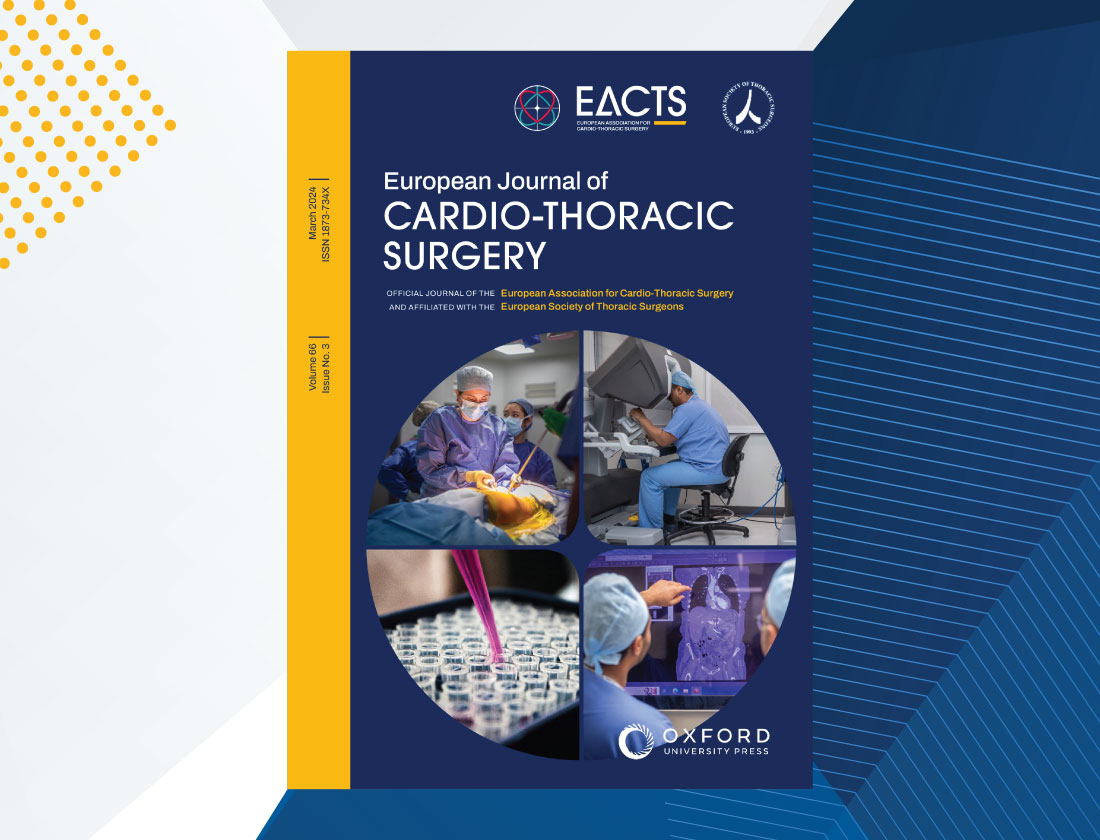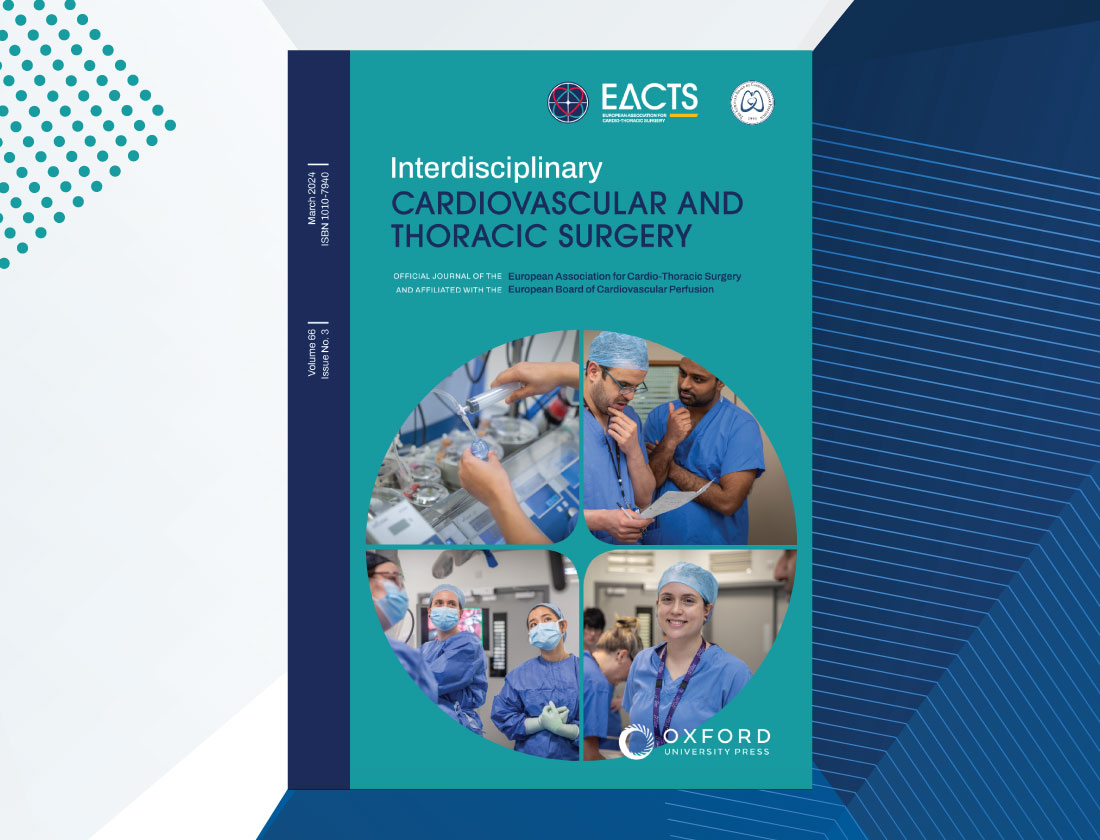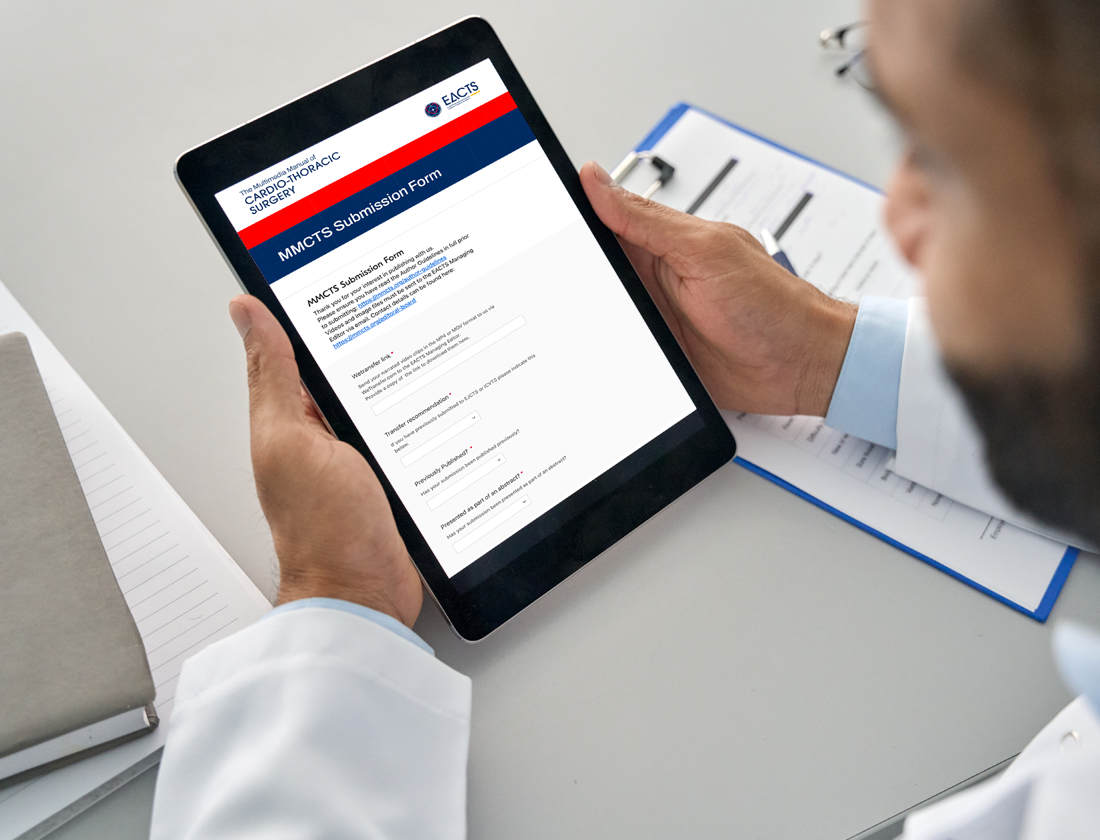Tutorial
Technical aspects of INCOR implantation for a patient with end-stage heart failure
The rising number of people with heart failure is leading to a corresponding increase in heart failure-related deaths. End-of-life care for these patients involves supplementing standard treatments with therapies aimed at managing symptoms that don’t respond to guideline-directed medical care. The INCOR, a lightweight (200 g), implantable, magnetically levitated axial flow pump (providing non-pulsatile flow), is designed for long-term left ventricular support. This video tutorial details the initial single-centre clinical experience with this device.
End-stage heart failure is characterized by persistent, treatment-resistant symptoms despite guideline-directed medical therapy. This stage is associated with significant physical and emotional distress. Due to advances in cardiovascular care and an ageing population, the number of end-stage heart failure patients is increasing dramatically [1]. Cardiology and palliative care specialists are increasingly collaborating to address the complex needs of these patients, resulting in improved guidance for clinicians [2, 3].
Given the potential impact of left ventricular assist device (LVAD) destination therapy on the expanding heart failure population, further research is crucial. This video tutorial aims to demonstrate the technical aspects of continuous-flow LVAD implantation as bridge therapy in end-stage heart failure patients eligible for heart transplantation.

1 - Patient presentation (0:13)
Main diagnoses: coronary artery disease (CAD), post-infarction cardiosclerosis, severe mitral regurgitation, cardiac asthma.
Comorbidities: moderate chronic obstructive pulmonary disease (COPD); stage 2 respiratory failure; Parkinsonism, tremor type.
Patient: a 65-year-old male with a history of Q-wave myocardial infarction, COPD in remission, and Parkinsonism; left ventricular myocardial contractility is reduced [ejection fraction (EF): 23%–26%, EF: 26%]; sclerosis and akinesis of segments 3, 4, 5, 6, 7, 9, 10, 11 and 12 of the myocardium; severe (grade 4) mitral regurgitation.
Indication: the patient is indicated for surgical treatment consisting of implantation of an INCOR circulatory support system as a ‘bridge’ to heart transplantation.
Echocardiographic findings: EF: 26%; left ventricular end-diastolic volume (LVEDV): 176 mL; left ventricular end-systolic volume (LVESV): 131 mL.

2 - Induction of ventricular fibrillation (0:38)
Cardiopulmonary bypass (CPB) was established using an aortic-right atrial cannulation scheme. Ventricular fibrillation was induced.

3 - Inflow cannula insertion (0:48)
Under fibrillation, a hole was created using a tubular knife at the apex of the left ventricle, between the distal third of the posterior descending artery and the diagonal artery. Ten U-shaped polypropylene sutures on felt patches were placed around the opening. A supporting ring was then implanted, followed by the inflow cannula, which was secured with a second row of U-shaped sutures. The INCOR axial pump was then attached to the inflow cannula. The pump cable was exteriorized percutaneously in the right inguinal area.

4 - Outflow cannula insertion (2:05)
A lateral aortotomy was performed. The outflow cannula was fixed in the ascending aorta using a continuous suture. The outflow cannula and the outflow angular element were connected using latching connectors. The pump was started, and adjustments were made. The first step was to submerge all connections in saline to trap air during assembly. Then we placed a clamp on the graft proximally (near aorta) and connected to pump with saline. The inflow canula was connected the same way. Afterwards we gradually increased RPM while maintaining aortic root venting.

5 - General view (2:30)
Firstly, it is necessary to optimise volume status of the patient. LVAD initiation starts from low RMP (2000-2500) gradually increased by 200-400 every 1-2 minutes. We simultaneously decreased CPB flow in 0.5 L/min. As soon as we reached target flow 4-6 L/min, we assess LVAD function. If LVAD provides >80% of cardiac output, we stopped CPB and administered protamine.
Weaning from CPB was without incident; the wound was closed layer by layer. CPB time: 140 minutes.

6 – Echocardiographic findings (2:37)
Transoesophageal echocardiography (TEE) data demonstrate satisfactory myocardial contractility. The inflow cannula is clearly visualized. Coaptation of the aortic valve leaflets is adequate. The inflow canula was placed at the LV apex, avoiding thin myocardial areas or scar tissue. We directed the canula toward the mitral valve orifice and avoided interventricular septum. We detected no obstruction by chordae or papillary muscles as well as color doppler showed laminar flow toward the cannula.
The early postoperative period was uneventful, with minimal drainage losses. The patient remained under observation in the intensive care unit for 5 days due to the severity of the surgery and his pre-operative condition. His hospital stay totalled 20 days; he was discharged for further rehabilitation at home. A psychologist worked with the patient because of his difficulty adjusting to the lifelong need for the LVAD.
1. LeMond L, Goodlin SJ. Management of heart failure in patients nearing the end of life - there is so much more to do. Card Fail Rev 2015;1,31–4.
PubMed Abstract | Publisher Full Text
2. Schmid C, Tjan TDT, Etz C, Schmidt C, Wenzelburger F, Wilhelm M et al. First clinical experience with the Incor left ventricular assist device. J Heart Lung Transplant 2005;24,1188–94.
PubMed Abstract | Publisher Full Text
3. Haeck MLA, Beeres SLMA, Höke U, Palmen M, Couperus LE, Delgado V et al. Left ventricular assist device for end-stage heart failure: results of the first LVAD destination program in the Netherlands. Neth Heart J 2014;23,102–8.
Authors
Alexey Limansky1, Andrey Protopopov1, Dmitry Khvan1, Dmitry Sirota1, Maxim Zhulkov1, Alexander Bogachev-Prokophiev2, Dmitry V. Doronin1 & Alexander Chernyavskiy1
Affiliations
1Center for Surgery of the Aorta, Coronary and Peripheral Arteries, Meshalkin National Medical Research Center Ministry of Health of Russian Federation, Novosibirsk, Russian Federation
2Department of Heart Valve Surgery, Meshalkin National Medical Research Center, Novosibirsk, Russian Federation
Corresponding Author
Alexey Limansky
Center for Surgery of the Aorta, Coronary and Peripheral Arteries
Meshalkin National Medical Research Center of the Ministry of Health of the Russian Federation
Rechkunovskaya Street
Novosibirsk,
Russian Federation
Email: a.limanskii@g.nsu.ru
Keywords
© The Author 2025. Published by MMCTS on behalf of the European Association for Cardio-Thoracic Surgery. All rights reserved.







